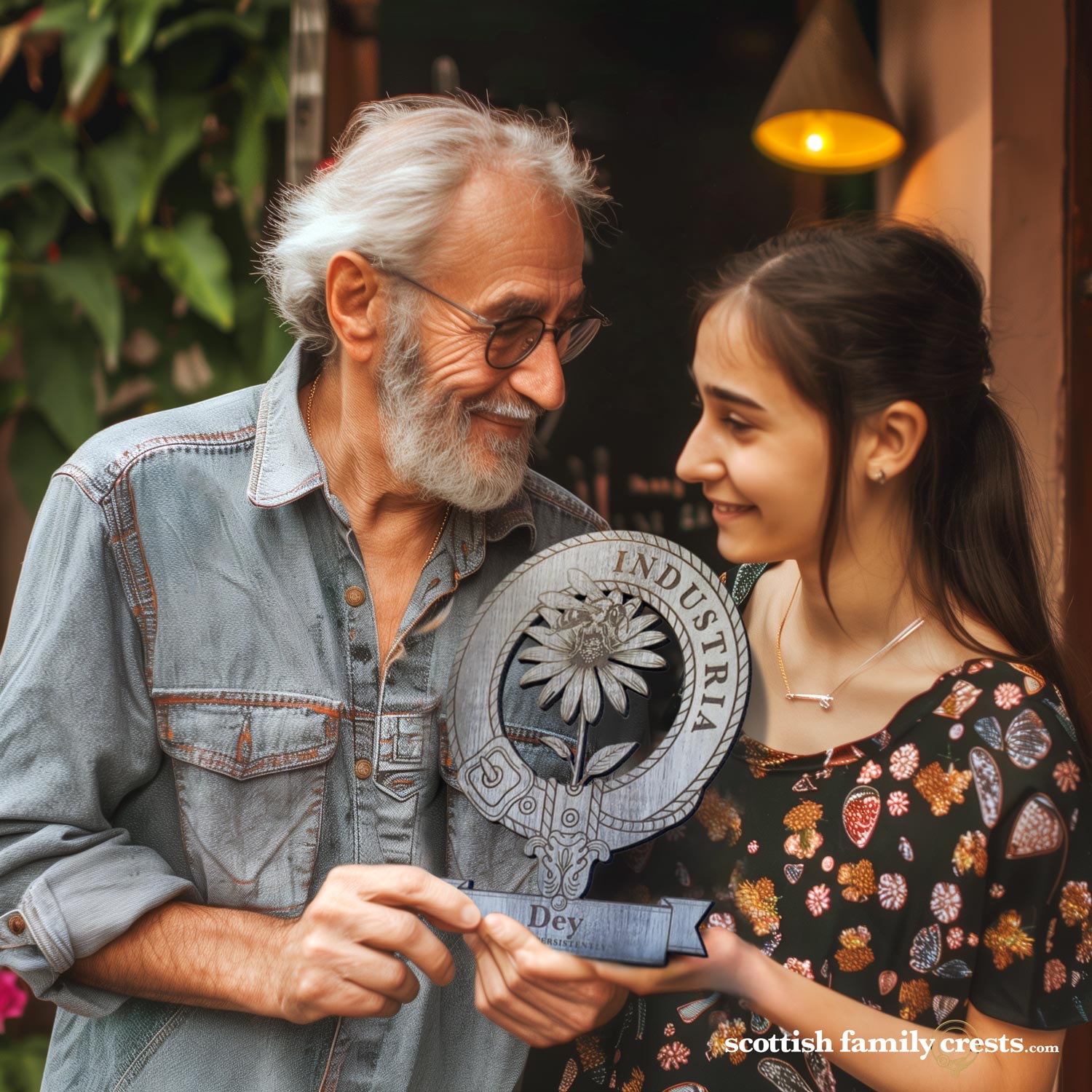The Bruce Family History & Ancestry
Let me share with you the remarkable history of your family name, Bruce. According to tradition, your ancestor Robert de Brus accompanied William the Conqueror from Normandy to England, where the family acquired lands in Surrey and Dorset. Recent research suggests that Robert arrived in England after King Henry I of England’s conquest of Normandy, and their name refers to Brix, Manche, near Cherbourg in the Cotentin Peninsula. The name itself signifies ‘Willow lands’. While at the court of Henry I, Robert formed a close friendship with Prince David of Scotland. When David ascended to the throne, he rewarded Robert’s loyalty by granting him the lands of Annandale in southwest Scotland in 1124. Robert divided his inheritance between his sons: Adam received the majority of the English estates, while the younger Robert, who had remained loyal to King David during their disagreement, inherited the Scottish and northern English lands.
Robert, the fourth Lord of Annandale, married Isabella, the niece of William the Lion. The fifth Lord of Annandale became a contender for the Scottish throne following the death of Alexander III. His grandson was the renowned Robert the Bruce. Scottish independence was rekindled after the defeat of John Balliol in 1296 through the rebellions led by William Wallace and Sir Andrew Murray. Following their demise, the leadership of Scotland rested in the hands of either the influential Comyn family or the Bruces. When Bruce killed Comyn, he was crowned king and embarked on a struggle to solidify his position, culminating in the decisive Battle of Bannockburn. It is safe to say that without Bruce’s leadership, the Scottish kingdom would have languished for generations. When King Robert’s only son, David II, passed away without an heir, the Stewart dynasty succeeded to the throne by virtue of their descent from Bruce’s daughter, Marjory.
A cadet branch of the family eventually became the Earls of Elgin in 1633. The seventh Earl of Elgin was the renowned, or perhaps infamous, diplomat to the Ottoman Empire. He spent a significant portion of his fortune in rescuing the marbles of the Parthenon, which were deteriorating at the time. The removal of these marbles, often referred to as ‘the Elgin Marbles,’ was met with opposition from figures like Lord Byron. Currently housed in the British Museum, their presence remains highly controversial, with frequent calls for their repatriation to Greece. Like many Scottish families, numerous Bruces settled in Ulster during the Plantation era. From this lineage emerged a branch in Australia, and Stanley Bruce, a descendant, served as the country’s eighth Prime Minister.
The Family Crest
Wherever in the world you live, embrace your family heritage and adorn your home with a timeless symbol of your family legacy with our crafted Family Crests.
Family Crest Motto: FUIMUS (we have been)
$150.00 Original price was: $150.00.$99.00Current price is: $99.00.
Copyright Notice: This artwork is protected by copyright law. Unauthorized reproduction, distribution, or usage of this artwork without explicit permission from ScottishFamilyCrest.com is strictly prohibited.








